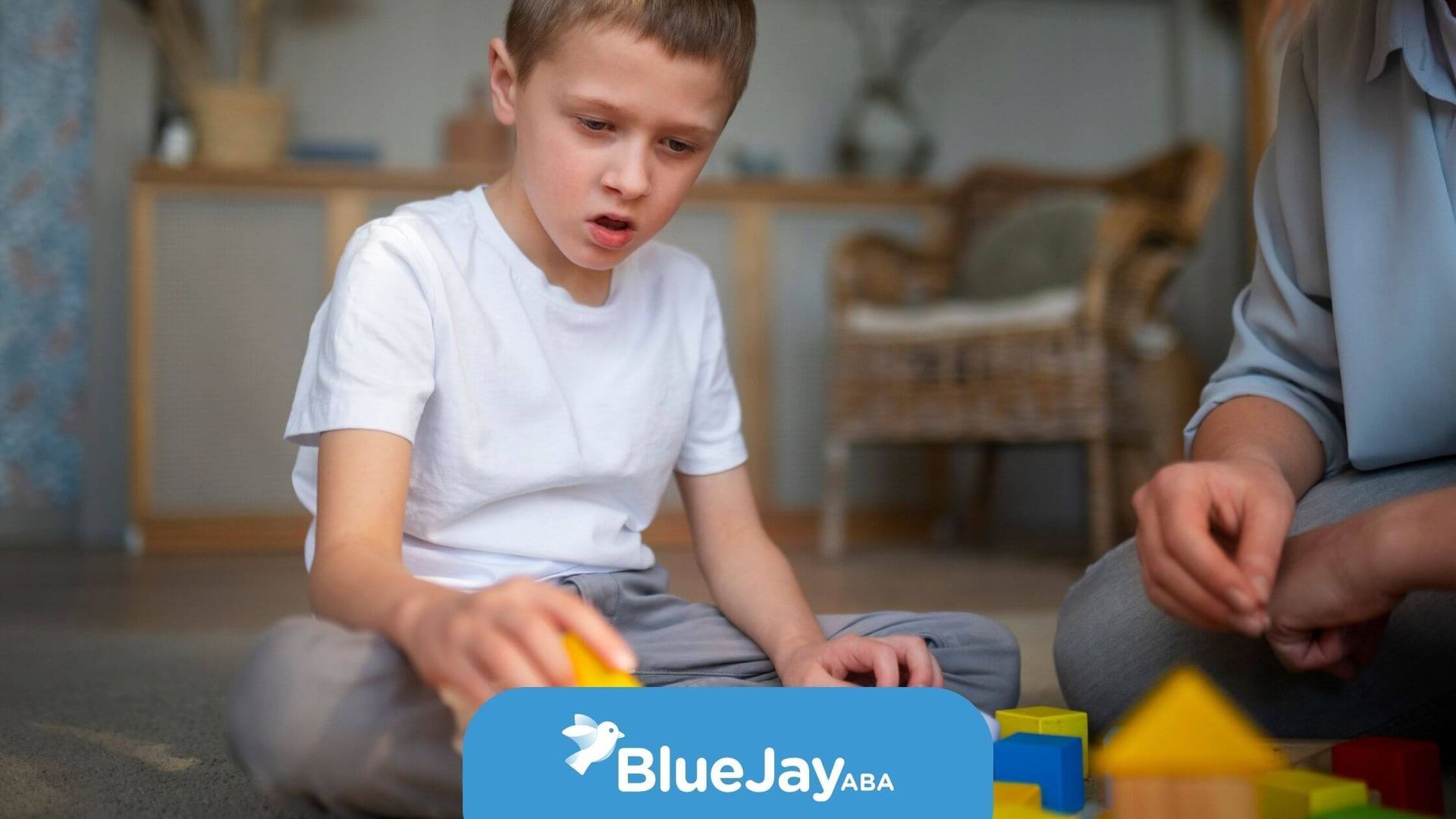What’s the Difference Between Shaping and Chaining in ABA Therapy?
Applied Behavior Analysis (ABA) uses different teaching strategies to help children with autism build new skills. Two common methods are shaping and chaining—and while they sound similar, they work in different ways.
Shaping is the process of teaching a new behavior by reinforcing small steps toward the final goal. For example, if the goal is to teach a child to say “water,” the therapist might first reward them for making a sound, then for saying “wa,” and finally for saying the full word “water.” Shaping is all about gradual progress and rewarding approximations of the desired behavior.
Chaining, on the other hand, is used to teach complex tasks that involve multiple steps. For example, brushing teeth involves picking up the toothbrush, applying toothpaste, brushing, rinsing, and putting the toothbrush away. In chaining, each step is taught in sequence until the entire task is mastered.
The key difference: shaping builds a single new behavior through reinforcement, while chaining links together multiple smaller behaviors to complete a larger task.
At Blue Jay ABA, our therapists use both shaping and chaining to help children develop communication, daily living, and social skills.
Frequently Asked Questions
What is shaping in ABA?
Shaping teaches new behaviors by rewarding small steps toward the final goal.
What is chaining in ABA?
Chaining breaks complex tasks into smaller steps and teaches them in order.
Why are shaping and chaining important?
They help children learn both individual skills and multi-step daily routines effectively.
Related Posts






